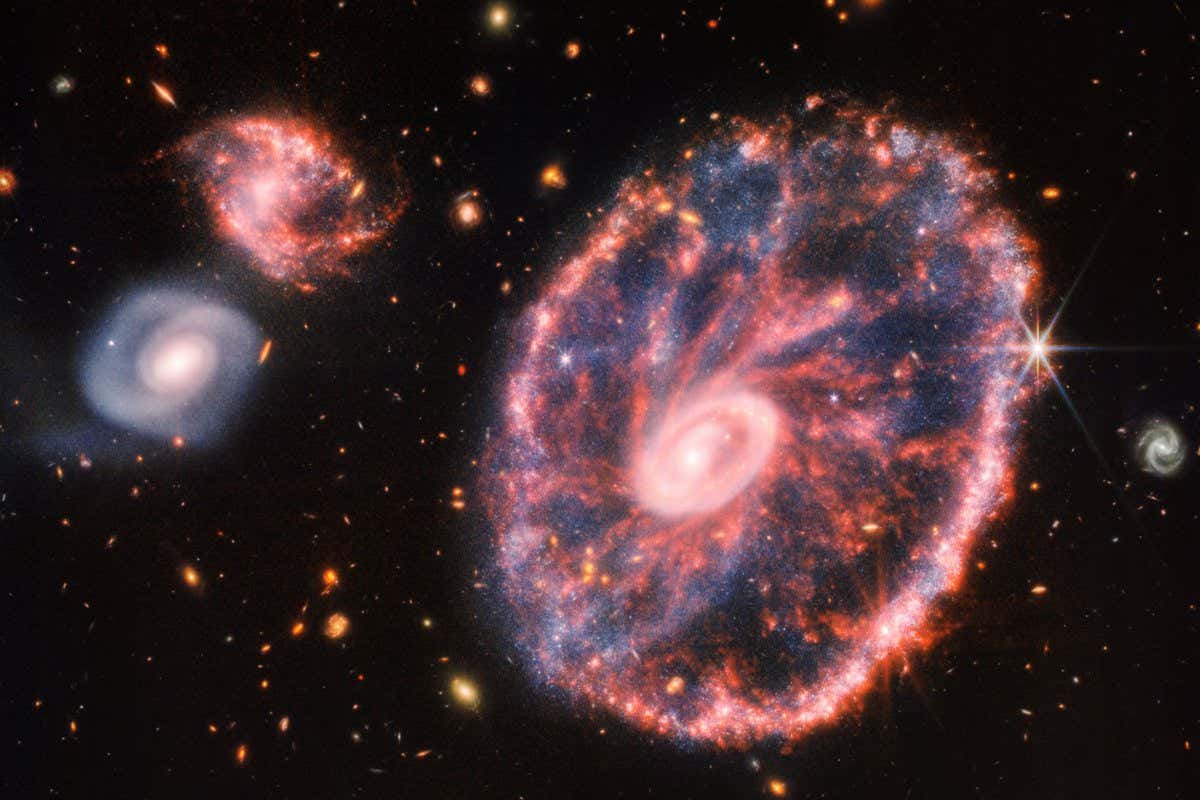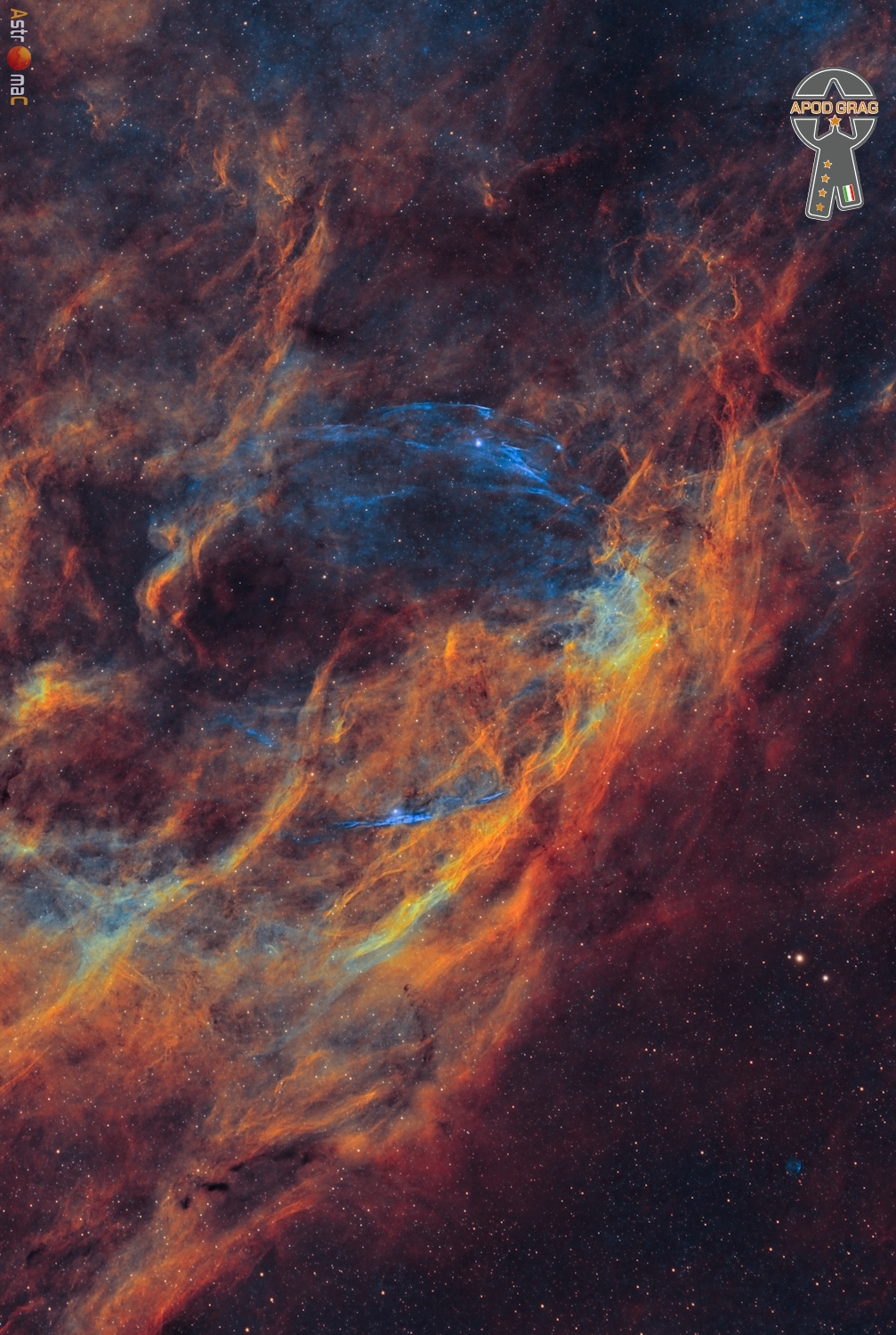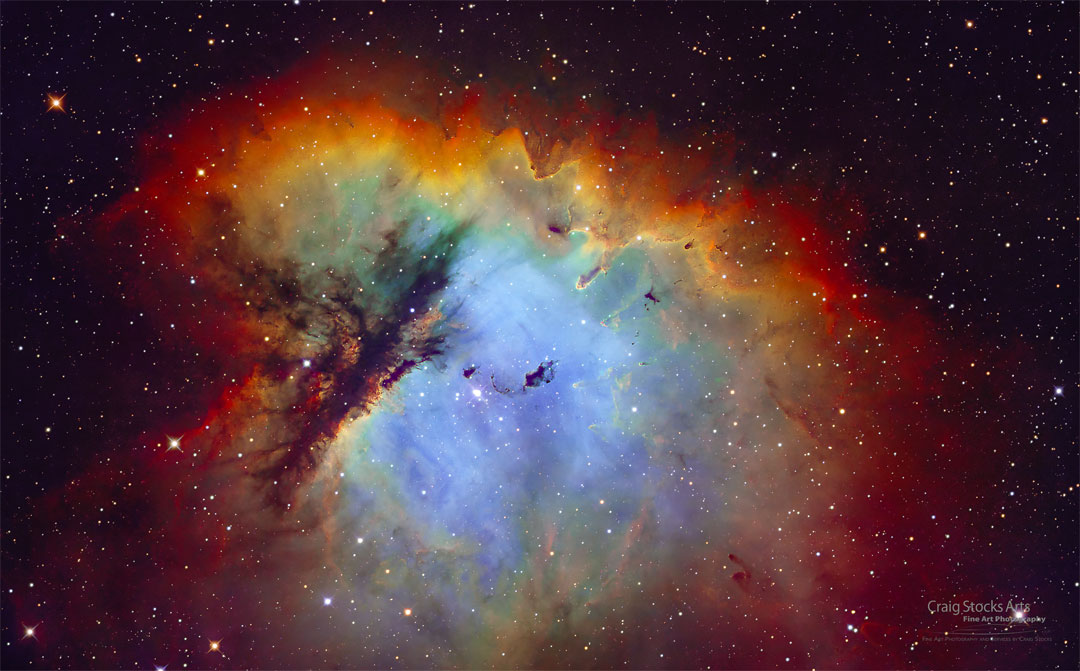Blog
Laurindo Almeida (September 2, 1917 – July 26, 1995) was a Brazilian guitarist and composer in classical, jazz, and Latin music. He and Bud Shank were pioneers in the creation of bossa nova. Almeida was the first guitarist to receive Grammy Awards for both classical and jazz performances. His discography encompasses more than a hundred recordings over five decades.
Laurindo Jose de Araujo Almeida Nobrega Neto was born in the village of Prainha, Brazil near Santos in the state of São Paulo.
Born into a musical family, Almeida was a self-taught guitarist. During his teenage years, Almeida moved to São Paulo, where he worked as a radio artist, staff arranger and nightclub performer. At the age of 19, he worked his way to Europe playing guitar in a cruise ship orchestra. In Paris, he attended a performance at the Hot Club de France by Stéphane Grappelli and famed guitarist Django Reinhardt, who became a lifelong artistic inspiration.
more...William Everett Preston (September 2, 1946 – June 6, 2006) was an American keyboardist, singer and songwriter whose work encompassed R&B, rock, soul, funk, and gospel. Preston was a top session keyboardist in the 1960s, during which he backed artists such as Little Richard, Sam Cooke, Ray Charles, the Everly Brothers, Reverend James Cleveland, the Beatles and the Rolling Stones. He gained attention as a solo artist with hit singles such as “That’s the Way God Planned It“, the Grammy-winning “Outa-Space“, “Will It Go Round in Circles“, “Space Race“, “Nothing from Nothing“, and “With You I’m Born Again“. Additionally, Preston co-wrote “You Are So Beautiful“, which became a #5 hit for Joe Cocker.
Preston is one of only two non-Beatle musicians (along with Tony Sheridan) to be given a credit on a Beatles recording at the band’s request; the group’s 1969 single “Get Back” was credited as “The Beatles with Billy Preston”. He continued to record and perform with George Harrison after the Beatles’ breakup, along with other artists such as Eric Clapton and the Rolling Stones on many of the group’s albums and tours during the 1970s. Preston was inducted into the Rock and Roll Hall of Fame in the Musical Excellence Award category in 2021.
Preston was born September 2, 1946, in Houston and moved to Los Angeles as a child with his mother Robbie Lee Williams. Noted as a child prodigy, Preston was entirely self-taught and never had a music lesson. By the age of ten, he was playing organ onstage backing several gospel singers such as Mahalia Jackson. At 11, Preston appeared on an episode of Nat King Cole‘s NBC TV show singing the Fats Dominohit “Blueberry Hill” with Cole. He appeared in St. Louis Blues, the 1958 W. C. Handy biopic starring Cole; Preston played Handy at a younger age.
more...Clifford Laconia Jordan (September 2, 1931 – March 27, 1993) was an American jazz tenor saxophoneplayer. While in Chicago, he performed with Max Roach, Sonny Stitt, and some rhythm and blues groups. He moved to New York City in 1957, after which he recorded three albums for Blue Note. He recorded with Horace Silver, J.J. Johnson, and Kenny Dorham, among others. He was part of the Charles Mingus Sextet, with Eric Dolphy, during its 1964 European tour.
Jordan toured Africa with Randy Weston, and performed in Paris while living in Belgium. In later years, he led his own groups, performed with Cedar Walton‘s quartet Eastern Rebellion, and led a big band.
Jordan was married to Shirley Jordan, a designer and former owner of Clothing Manufacturing Corporation in New York. He later married Sandy Jordan (née Williams), a graphic artist and Honorary Founders Board member of the Jazz Foundation of America. Jordan died of lung cancer at the age of 61 in New York City.
more...Horace Ward Martin Tavares Silver (September 2, 1928 – June 18, 2014) was an American jazzpianist, composer, and arranger, particularly in the hard bop style that he helped pioneer in the 1950s.
After playing tenor saxophone and piano at school in Connecticut, Silver got his break on piano when his trio was recruited by Stan Getz in 1950. Silver soon moved to New York City, where he developed a reputation as a composer and for his bluesy playing. Frequent sideman recordings in the mid-1950s helped further, but it was his work with the Jazz Messengers, co-led by Art Blakey, that brought both his writing and playing most attention. Their Horace Silver and the Jazz Messengers album contained Silver’s first hit, “The Preacher“. After leaving Blakey in 1956, Silver formed his own quintet, with what became the standard small group line-up of tenor saxophone, trumpet, piano, bass, and drums. Their public performances and frequent recordings for Blue Note Records increased Silver’s popularity, even through changes of personnel. His most successful album was Song for My Father, made with two iterations of the quintet in 1963 and 1964.
Several changes occurred in the early 1970s: Silver disbanded his group to spend more time with his wife and to concentrate on composing; he included lyrics in his recordings; and his interest in spiritualism developed. The last two of these were often combined, resulting in commercially unsuccessful releases such as The United States of Mind series. Silver left Blue Note after 28 years, founded his own record label, and scaled back his touring in the 1980s, relying in part on royalties from his compositions for income. In 1993, he returned to major record labels, releasing five albums before gradually withdrawing from public view because of health problems.
As a player, Silver transitioned from bebop to hard bop by stressing melody rather than complex harmony, and combined clean and often humorous right-hand lines with darker notes and chords in a near-perpetual left-hand rumble. His compositions similarly emphasized catchy melodies, but often also contained dissonant harmonies. Many of his varied repertoire of songs, including “Doodlin’“, “Peace“, and “Sister Sadie“, became jazz standards that are still widely played. His considerable legacy encompasses his influence on other pianists and composers, and the development of young jazz talents who appeared in his bands over the course of four decades.
Silver was born on September 2, 1928, in Norwalk, Connecticut. His mother, Gertrude, was from Connecticut; his father, John Tavares Silver, was born on the island of Maio, Cape Verde, and emigrated to the United States as a young man. She was a maid and sang in a church choir; he worked for a tire company. Horace had a much older half-brother, Eugene Fletcher, from his mother’s first marriage, and was the third child for his parents, after John, who lived to six months, and Maria, who was stillborn.
more...https://www.youtube.com/watch?v=VkoqwE14oD0
more...The James Webb Space Telescope (JWST) has taken a picture of one of the strangest galaxies in the universe. The details of the Cartwheel galaxy are obscured by dust, which has made studying it difficult, but the new images from JWST peer through to reveal this weird galaxy in more detail than ever before.
- The Cartwheel galaxy is about 500 million light years away and measures about 150,000 light years across. Researchers believe that it was most likely a spiral galaxy similar to the Milky Way before one of its companion galaxies blasted through it like a bullet through a target, sending waves of stars and gas rippling out from the galaxy’s centre and creating the nested ring shapes that we see today.

Archie Lee Bell (born September 1, 1944) Henderson, TX is an American solo singer and former lead singer of Archie Bell & the Drells.
more...Chembai Vaidyanatha Bhagavatar(born Vaidyanatha Iyer, 1 September 1896 – 16 October 1974) was an Indian Carnatic music singer from Palakkad. Known by his village name Chembai, or simply as Bhagavatar, he was born to Anantha Bhagavatar and Parvati Ammal in 1896, into a Tamil Brahmin family in Perakkool Madom (Parvati Ammal’s birth home), adjacent to Lokanarkavunear Vatakara on Janmashtami day. He lived here until he was five years old. The family later shifted to Palakkad. Chembai was noted for his powerful voice and majestic style[3] of singing. His first public performance was in 1904, when he was nine. A recipient of several titles and honours (including the Madras Music Academy’s Sangeetha Kalanidhi in 1951), he was known for his encouragement of upcoming musicians and ability to spot new talent. He was responsible for popularising compositions like Rakshamam Saranagatam and Pavana Guru, among others. The music critic ‘Aeolus’ described him as “the musician who has meant the most to Carnatic Music in the first fifty years of the 20th century.” His prominent disciples include Chembai Narayana Bhagavathar, Mangu Thampuran, Guruvayur Ponnammal, T. V. Gopalakrishnan, V. V. Subramaniam, P. Leela, K. G. Jayan, K. G. Vijayan, K. J. Yesudas, Kudumaru Venkataraman and Babu Parameswaran, among others. He also mentored many young accompanists, including Palghat Mani Iyer, Lalgudi Jayaraman, M. S. Gopalakrishnan, T. N. Krishnan, Palani Subramaniam Pillai and L. Subramaniam. Memorial music festivals have been held in his honour annually since his death in 1974, the most important being the annually celebrated Chembai Sangeetholsavam.
more...Arthur Edward Pepper Jr.(September 1, 1925 – June 15, 1982) Gardena, CA was an American jazz musician, most known as an alto saxophonist. He occasionally performed and recorded on tenor saxophone, clarinet (his first instrument) and bass clarinet. Active primarily in West Coast jazz, Pepper first came to prominence in Stan Kenton‘s big band. He was known for his emotionally charged performances and several stylistic shifts throughout his career, and was described by critic Scott Yanow as having “attained his goal of becoming the world’s greatest altoist” at the time of his passing in 1982.
more...Tientos, a slow cante jondo music and dance in a four-count rhythm, was first developed by the singer Enrique el Mellizo (1848 -1906)as an expressive variation of the Tangos.
Poet Federico García Lorca considered the Tientos to be almost liturgical in its solemnity. Traditional Tientos lyrics – letras – set a dark mood, and have to do with loss, unrequited love, imprisionment, longing for freedom and other serious messages. Dancers strive to capture this mood in their solos.
The most notable aspect of the slow Tientos tempo is the beat structure. Where the first beat in Tangos is subdued, it is strongly emphasized in the Tientos, as is the “and” of the second beat.
more...The ghost of a long-dead star, the W63 supernova remnant shines like a faint cosmic smoke-ring along the plane of the Milky Way galaxy toward the northern constellation Cygnus the swan. Its wraithlike appearance is traced against the region’s rich complex of interstellar clouds and dust by an eerie blue glow. Spanning over four full moons on the sky, the beautiful image is a telescopic mosaic in twelve panels that combines 100 hours of exposure time using narrow band filters. It shows characteristic light from ionized atoms of sulfur, hydrogen and oxygen in red, green, and blue hues. Likely over 5,000 light-years away, the visible part of the still expanding shell supernova remnant is around 150 light-years in diameter. So far no source has been identified as with the remains of W63’s original star. Light from the star’s supernova explosion would have reached Earth over 15,000 years ago.

Wilton Lewis Felder (August 31, 1940 – September 27, 2015) was an American saxophone and bassplayer, and is best known as a founding member of the Jazz Crusaders, later known as The Crusaders. Felder played bass on the Jackson 5‘s hits “I Want You Back” and “ABC” and on Marvin Gaye‘s “Let’s Get It On“.
Felder was born on August 31, 1940, in Houston, Texas and studied music at Texas Southern University.Felder, Wayne Henderson, Joe Sample, and Stix Hooper founded their group while in high school in Houston. The Jazz Crusaders evolved from a straight-ahead jazz combo into a pioneering jazz-rock fusion group, with a definite soul music influence. Felder worked with the original group for over thirty years, and continued to work in its later versions, which often featured other founding members.
Felder also worked as a West Coast studio musician, mostly playing electric bass, for various soul and R&Bmusicians, and was one of the in-house bass players for Motown Records, when the record label opened operations in Los Angeles in the early 1970s. He played on recordings by the Jackson 5 such as “I Want You Back“, “ABC” and “The Love You Save“, as well as recordings by Marvin Gaye including “Let’s Get It On” and “I Want You“. He also played bass for soft rock groups like Seals and Crofts. Also of note were his contributions to the John Cale album Paris 1919, Steely Dan‘s Pretzel Logic (1974), and Billy Joel‘s Piano Man and Streetlife Serenade albums. He was one of three bass players on Randy Newman‘s Sail Away(1972) and Joan Baez‘ Diamonds & Rust. Felder also anchored albums from Grant Green, Joni Mitchell and Michael Franks.
more...Paul Winter (born August 31, 1939) is an American saxophonist, composer, and bandleader. He is a pioneer of world music and earth music, which interweaves the voices of the wild with instrumental voices from classical, jazz and world music. The music is often improvised and recorded in nature to reflect the qualities brought into play by the environment.
Winter was born in Altoona, Pennsylvania, United States. He studied piano and clarinet, then fell in love with saxophone in the fourth grade. He started the Little German Band with his schoolmates when he was twelve, then a Dixieland band, and a nine-piece dance band known as The Silver Liners. He became enthralled by big bands and bebop bands of the 1950s. After graduating from Altoona Area High School in 1957, he spent the summer on a tour of state fairs in the Midwest with the conductor and members of the Ringling Brothers Circus Band.
more...Sir George Ivan Morrison OBE (born 31 August 1945), known professionally as Van Morrison, is a Northern Irish singer, musician and songwriter whose recording career spans seven decades.
Morrison began performing as a teenager in the late 1950s, playing a variety of instruments including guitar, harmonica, keyboards and saxophone for various Irish showbands, covering the popular hits of that time. Known as “Van the Man” to his fans, Morrison rose to prominence in the mid-1960s as the lead singer of the Northern Irish R&B band Them, with whom he wrote and recorded “Gloria“, which became a garage bandstaple. His solo career started under the pop-hit oriented guidance of Bert Berns with the release of the hit single “Brown Eyed Girl” in 1967. After Berns’s death, Warner Bros. Records bought Morrison’s contract and allowed him three sessions to record Astral Weeks (1968). While initially a poor seller, the album has become regarded as a classic. Moondance (1970) established Morrison as a major artist, and he built on his reputation throughout the 1970s with a series of acclaimed albums and live performances.
Much of Morrison’s music is structured around the conventions of soul music and early rhythm and blues. An equal part of his catalogue consists of lengthy, spiritually inspired musical journeys that show the influence of Celtic tradition, jazz and stream of consciousness narrative, such as the album Astral Weeks. The two strains together are sometimes referred to as “Celtic soul”, and his music has been described as attaining “a kind of violent transcendence”.
Morrison’s albums have performed well in Ireland and the UK, with more than 40 reaching the UK top 40. He has scored top ten albums in the UK in four consecutive decades, following the success of 2021’s Latest Record Project, Volume 1. Eighteen of his albums have reached the top 40 in the United States, twelve of them between 1997 and 2017. Since turning 70 in 2015, he has released – on average – more than an album a year. He has received two Grammy Awards, the 1994 Brit Award for Outstanding Contribution to Music, the 2017 Americana Music Lifetime Achievement Award for Songwriting and has been inducted into both the Rock and Roll Hall of Fame and the Songwriters Hall of Fame. In 2016, he was knighted for services to the music industry and to tourism in Northern Ireland.
more...Look through the cosmic cloud cataloged as NGC 281 and you might miss the stars of open cluster IC 1590. Formed within the nebula, that cluster’s young, massive stars ultimately power the pervasive nebular glow. The eye-catching shapes looming in the featured portrait of NGC 281 are sculpted dusty columns and dense Bok globules seen in silhouette, eroded by intense, energetic winds and radiation from the hot cluster stars. If they survive long enough, the dusty structures could also be sites of future star formation. Playfully called the Pacman Nebula because of its overall shape, NGC 281 is about 10,000 light-years away in the constellation Cassiopeia. This sharp composite image was made through narrow-band filters. It combines emission from the nebula’s hydrogen and oxygen atoms to synthesize red, green, and blue colors. The scene spans well over 80 light-years at the estimated distance of NGC 281.

more...
More Posts
- Happy Rosh Hashanah 2024
- Cosmos G82.2+5.3
- Ronnie Laws
- Chubby Checker
- Steve Ray Vaughan
- Steve Reich
- Von Freeman
- World Music Angélique Kidjo & Davido
- Daily Roots Johnny Clarke
- Happy Birthday Mahatma Gandhi
- Cosmos Large Magellanic Cloud Galaxy
- Don McLean
- Sting
- Howard Roberts
- World Music V Koromysle Ensemble
- Daily Roots Dezzy D
- Elisabeth Kubler-Ross “After Death”
- Mayas Wedding 2015
- mick dumbeck
- Cosmos Abell 1060